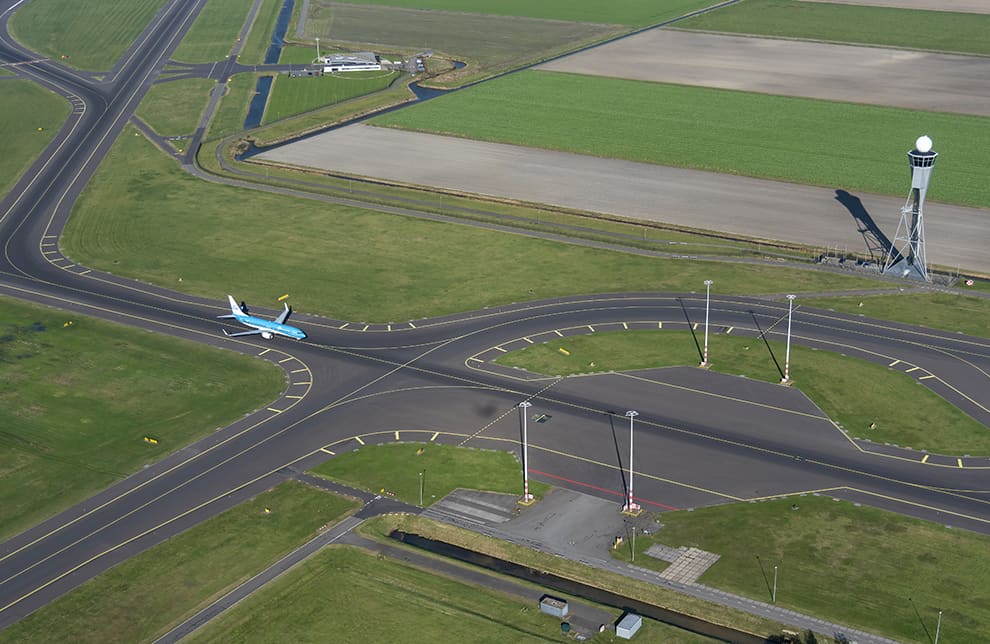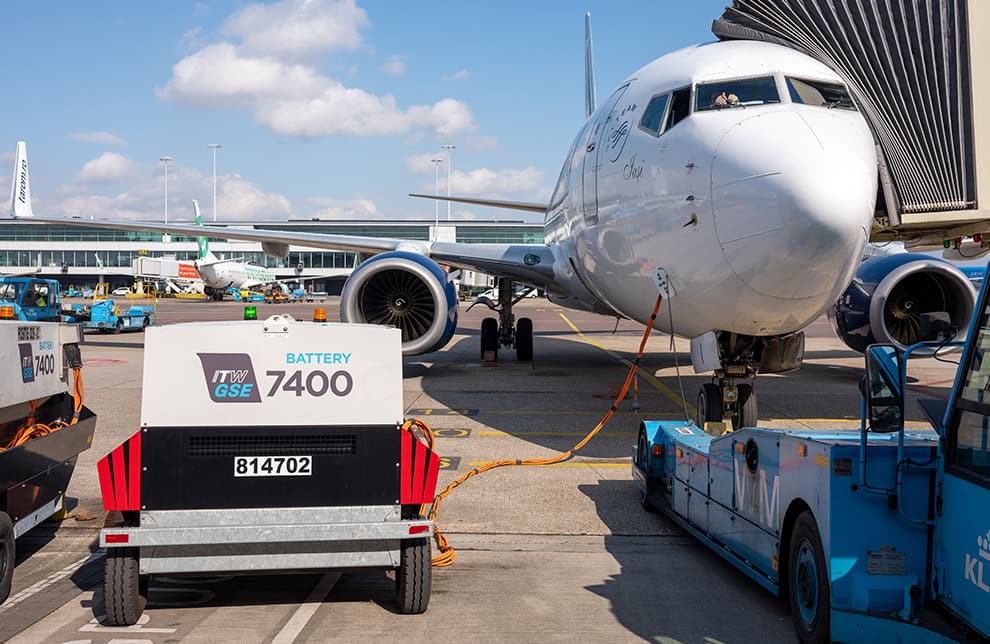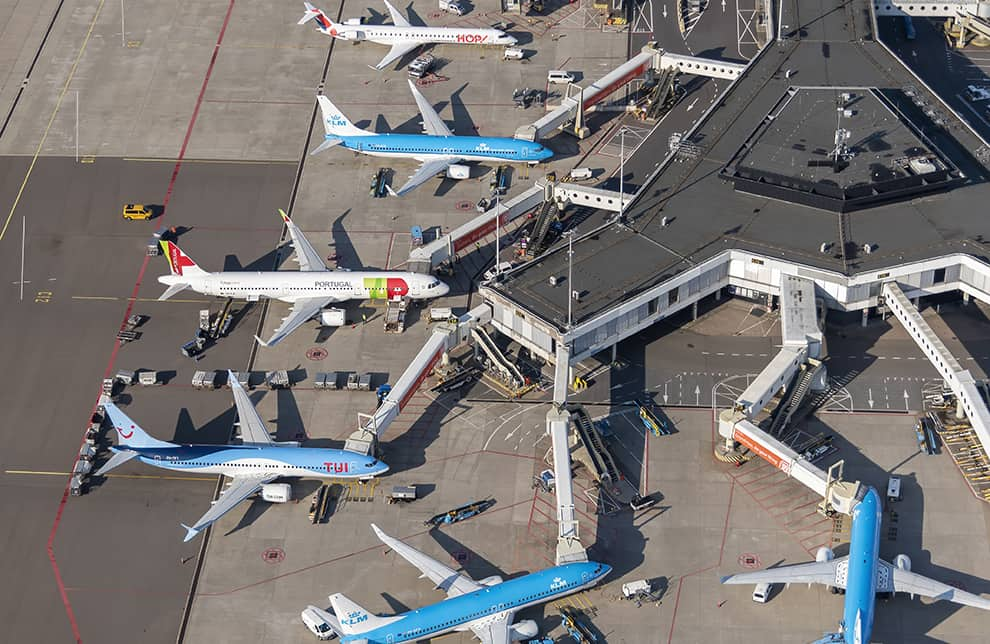Deep Turnaround: Discover all possibilities
Deep Turnaround is considered foundational technology for airports. Getting insights on what’s happening on the platform is the starting point for many possibilities.
1. Improve the turnaround process through post-ops analysis
- Identify the causes of turnaround delays
- Reduce turnaround delays by up to 30%
- Includes over 70 turnaround events
- Improve passenger experiences


2. Increase airport capacity without having to add stands
- Increase certainty of actual push back time
- Reduce buffer times between planes
- Increase stand utilisation due to higher capacity
- Increase airport resilience by reallocating time gained to late arrivals
- Improve long-term gate planning and investments in stands
3. Enable transparent turnaround contracts and collaborate more effectively
- Transparent and objective KPI’s in SLA’s
- Create accountability and match performance and reward
- Transparency on delay code registration
- Increase OTP of manageable delays


4. Smarter use of runway slots and reduced TSAT expirations
- Airlines will enjoy operational efficiencies through reduced fuel burns to catch up with delays.
- Reduce TSAT expirations.
- Ground handlers will benefit from reduced asset idle time and experience indirect sustainability benefits.
- Air Traffic Control can reallocate TSAT windows to other aircrafts.
5. Better resource and asset management through optimised planning
- Real time insights into asset usage, predicting when an asset is ready or when it is needed
- PAX/BAX coordinators can optimise their schedule through real time predictions.
- Apron personnel can decide to re-prioritise to avoid idle time.
- Better planning will result in fewer last minute movements on airport increasing safety on airport roads.


6. Reducing last-minute gate changes through improved TOBT setting
- Gate planners can use the Predicted End of Ground Handling time to reallocate gates in order to mitigate tow movements and passenger disruptions.
- Better informed decision-making to buffer aircrafts.
- Initiate gate changes earlier and avoid last-minute gate changes.
- Sustainable use of runways at capacity